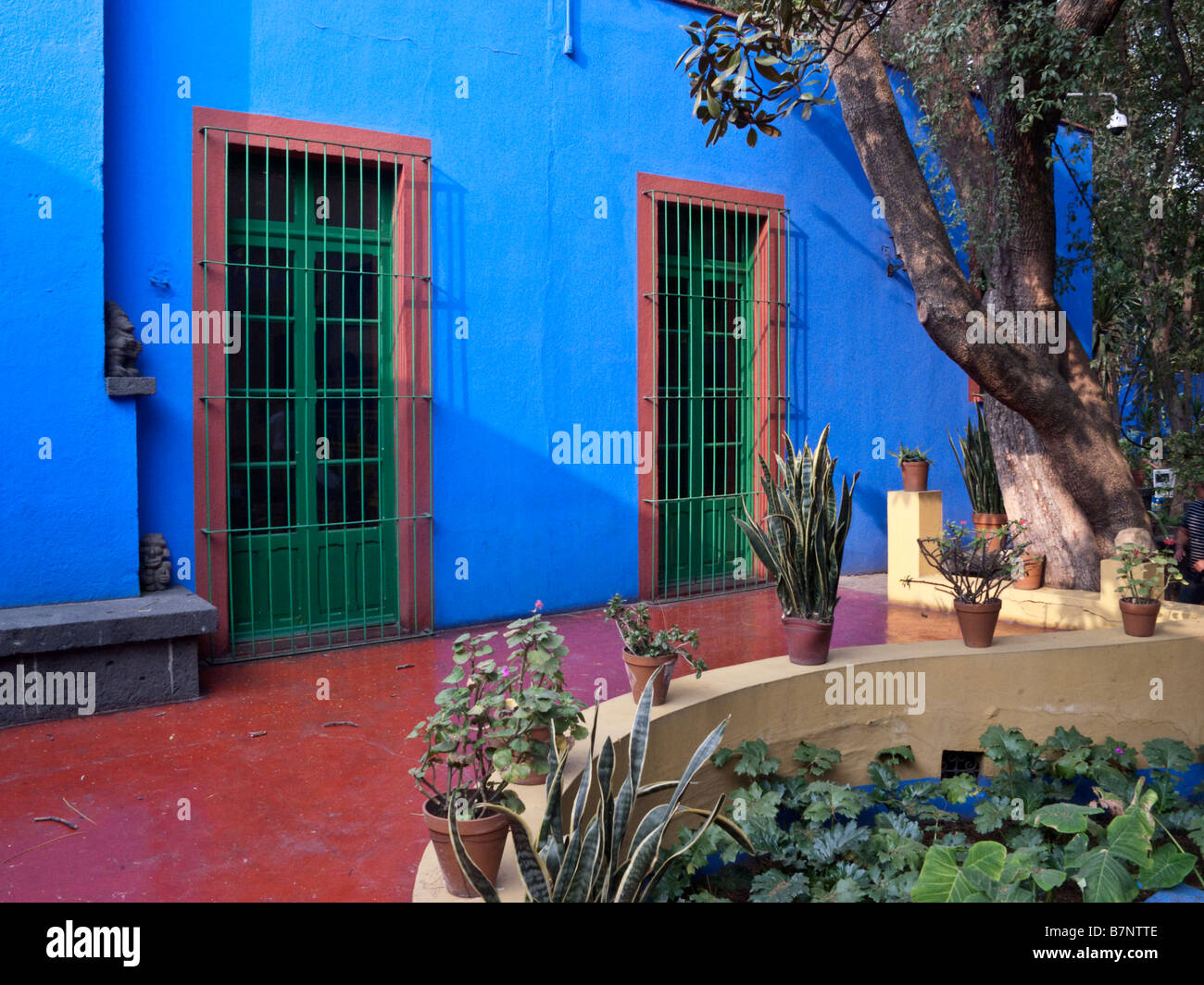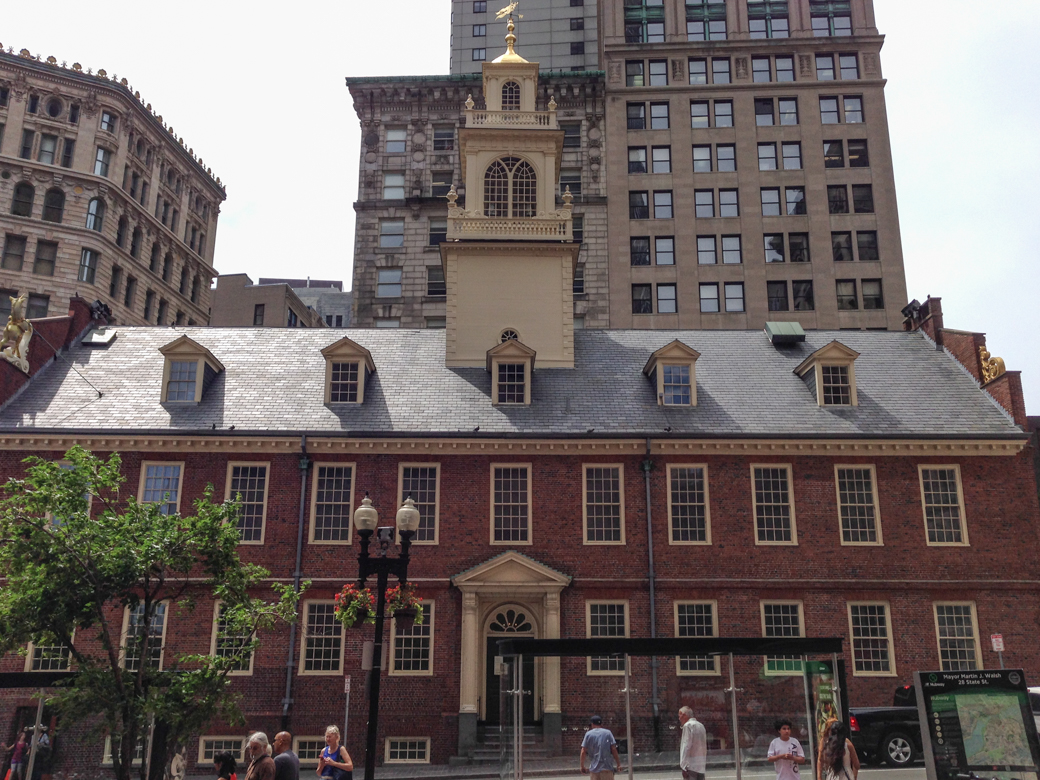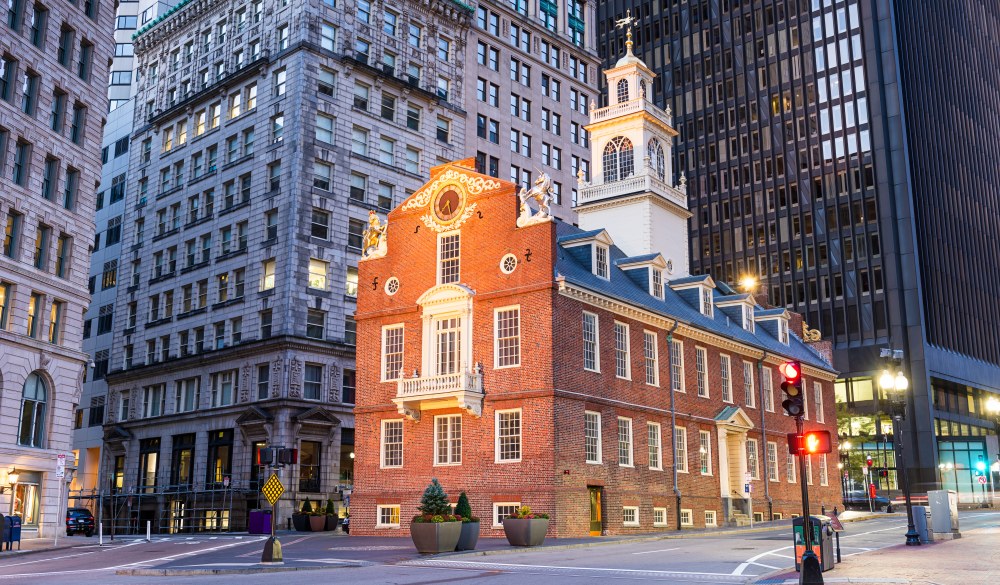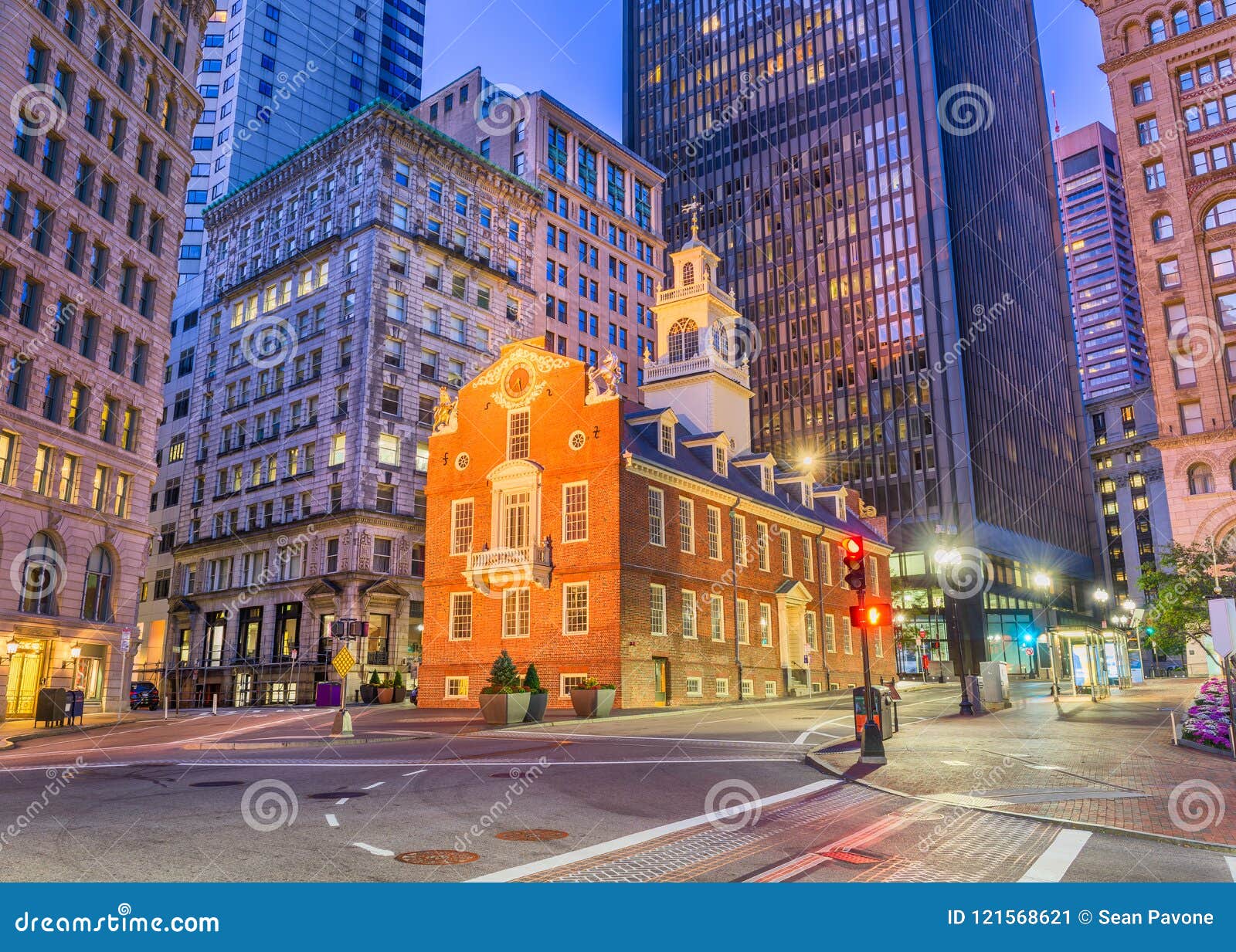Table Of Content

But Frida and Diego’s love for their culture didn’t just lie within the home, though this is the last remnant of the couple. Frida and Diego both dedicated their works and left them sealed up in their rooms for fifteen years after their death. Some of these documents revealed the meanings and hidden clues of some of Frida’s works.

Accidental Discoveries
When she was 18, she was involved in a streetcar accident that left her with a broken spinal column and other major injuries. She even had a mirror installed on the ceiling of her bedroom so she could create self-portraits. After taking in the ambiance of Kahlo’s living quarters, including her preserved studio space, visitors can explore the other rotating thematic exhibits. And don’t forget to bask in the lush courtyard garden, still immaculately preserved all these years later.
Matilde Calderón, Frida’s mother, is born.
Kahlo is able to come back to Earth to spend a final moment with Rivera before he himself passes away. There the tub that appears in the painting “Lo que el agua me dio/What the water gave me” (1938) remains intact, where Frida painted a portrait of her feet from the bathtub. The popularity of the Frida Kahlo Museum doesn’t just have an impact on your ability to buy tickets; it can also have a fairly significant impact on your enjoyment. The death mask laid upon the small four-poster bed, and her ashes sat atop the dresser, are sombre reminders of Frida’s fragile humanity, even though she now feels like such a timeless icon. As we travel with a professional camera set-up we were expecting this - what we didn’t expect however is that even if you wish to take photos with your phone in the Frida Kahlo museum, you’ll still need to buy one. As is surprisingly common across many museums in Mexico City, you are required to buy a specific permit if you’d like to take photos (without flash).
Who was Frida Kahlo? KS2 Primary - BBC
Who was Frida Kahlo? KS2 Primary.
Posted: Tue, 14 Nov 2023 15:22:47 GMT [source]
My Family (unfinished) ( , work that illustrates Frida’s German and indigenous heritage
The Blue House Museum is nothing short of a testament of a women and a man who had passion for their culture, country, neighborhood and art. When you first step foot in the house the room with a mirror on the ceiling captures your immediate attention. There are portraits at the foot of her bed that she drew while on bed rest for nine months after a terrible bus accident. This horrific accident in her life is what started Frida’s creative artistic passion. Despite her downfall, she made something beautiful out of her physical despair. Diego was aware of the high medical bills placed on their family after the accident.
Pre-Colombian urn with Kahlo’s ashes
A stepped pyramid opposite the viewer resembles a Mayan pyramid, and pre-contact art is distributed throughout the museum. Inside, viewers can slowly stroll through galleries with brilliant yellow floors. On the walls hang works by Kahlo and Rivera, including Frida and the Caesarian Operation (1931) and Long Live Life (1954). After Kahlo’s death in 1954, Rivera worked on turning the Blue House into a museum to honor Kahlo’s memory and showcase her work.

The museum offers a glimpse into her life and the environment in which she created her art. You can watch the museum performance called “Feet, what do I need them for, if I have wings to fly,” a famous quote by Frida Kahlo brought to life by the Luna de Plata Theatre Association. Lastly, if you are not visiting the museum with a guide, you can pay for a video guide for 80 pesos ($4.78 USD). Frida Kahlo Museum offers free entrance to children ages 8 and below, persons with a disability, and even people who want to see the museum but don’t have money to pay as long as they request it in advance.
Butterfly collection, gift of the sculptor Isamu Noguchi
Coyoacan is a peaceful and safe place to cycle, with some lovely parks and green areas too. Although Kahlo was born in Mexico City, she was enamored by the clothing worn by strong Tehuana women. Some of the most important items and exhibits that you should look out for during your visit are detailed below. If you want to take photos inside, you need to pay an additional photography fee of 30 pesos. Frida started identifying clothes as tools to create her own identity and conceal her physical imperfections at a very early age.
Explore Mexico City Through the Eyes of Artists Frida Kahlo and Diego Rivera - Fodor's Travel
Explore Mexico City Through the Eyes of Artists Frida Kahlo and Diego Rivera.
Posted: Sat, 13 Apr 2019 07:00:00 GMT [source]
Cultural and historical significance
Their bright colors and popular flavor served as models and inspiration for some of Frida’s works. Frida and Diego wanted to leave her house as a museum for all Mexicans to enjoy. At her death, the couple’s friend, museographer and poet Carlos Pellicer did the exhibition design. Its administration was assigned to a trust, the Fideicomiso de los Museos Diego Rivera y Frida Kahlo, under the central bank, Banco de México, and constituted by Rivera himself in 1957. She spent most of her life here, first with her family and, years later, at Diego Rivera’s side. They hosted a fascinating array of luminaries from Mexico and abroad, drawn by the charisma of both artists.
It features skirts, blouses, rebozos, headgear, shoes, outfits that show how, through attire, the artist revisited her family tradition, hid her disability, and constructed her iconic image. Frida’s style has inspired renowned international designers and has created a bridge between fashion from the past and that of the present. We watched the movie “Frida” last night, inspired by our trip to Mexico City and visit to La Casa Azul.
A number of reputable tour companies operate in Mexico City and offer guided tours of the city’s neighborhoods and important cultural sites, and include a visit to the Frida Kahlo Museum. Whether you are an art enthusiast or not, visiting the house is essential for gaining a deeper understanding of Mexico’s history and culture. In this Frida Kahlo museum guide, we will cover everything you need to know about visiting the museum, what to see inside it, how to get there, and where to buy tickets. As the home of both Frida Kahlo and Diego Rivera, the museum also features some of Rivera’s artwork and personal items, allowing visitors to learn about the couple’s life together and their impact on each other’s work.
Currently, at the Museum, this sunlit studio exhibits her original furniture and art supplies. In one of the bedroom’s corners, Kahlo’s ashes are displayed in a frog-shaped urn surrounded by a funeral mask. Besides, there are also some personal things and mirrors on the ceiling, which she used for self-portraits. On Frida Kahlo's canopy bed is a painted plaster corset that she had to wear to help her injured spine.
Two tragedies that were to befall Frida, even before she reached what is today considered the age of adulthood, would inform her wardrobe as much as they were to later form the bedrock of her existence and her art. He purchased the home which paid off the mortgage and debt that Frida’s father accumulated, both in building the house and paying for Frida’s accident. You can have the opportunity to explore the house and garden, which provide a lovely backdrop for understanding and appreciating Kahlo’s work. The Blue House is known for its vibrant blue walls and lush garden, which create a serene and inspiring atmosphere. Frida Kahlo’s husband, Diego Rivera, was a renowned Mexican muralist.
The museum has a limited capacity, so purchase your tickets at least 1-3 months in advance. This exhibition presents objects from the Casa Azul—drawings, photographs, corsets, accessories, garments—that spotlight Frida’s creative diversity. Together with her work, these intimate belongings express the profound relationship that Kahlo had with politics, gender issues, disability, and national identity. “And a dream come true,” Guevara captioned a photo of her with Madonna on Instagram. The second guest was Cuban actor Alberto Guerra, who lives in Mexico.
Although she began sketching at a young age, Kahlo was more interested in the sciences and instead dreamed of studying medicine. In 1922, she was selected for Mexico City’s esteemed National Preparatory School. During her time here, Kahlo crossed paths with Diego Rivera, a renowned Mexican artist who had been commissioned to paint a mural at the school. The encounter marked the beginning of the pivotal roles they would play in each other’s lives. La Casa Azul was Frida Kahlo's birthplace, childhood and part of adulthood residence, and her death place.
Committed to our community, we offer tours for seniors, children’s homes, persons with intellectual, hearing, visual, or motor disabilities, among others. All our tours are conducted in a safe space of respect and are accompanied by Museum personnel. Admission includes courtesy to visit the Diego Rivera-Anahuacalli Museum, in Coyoacan. Frida Kahlo and Diego Rivera are universal, help us to spread and preserve their great legacy together.
















